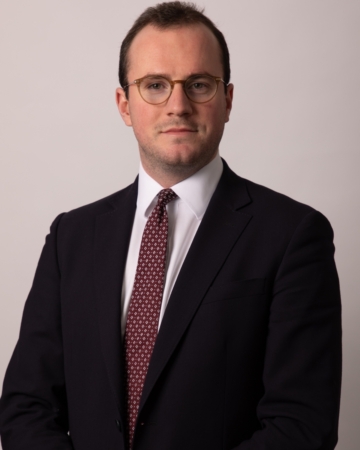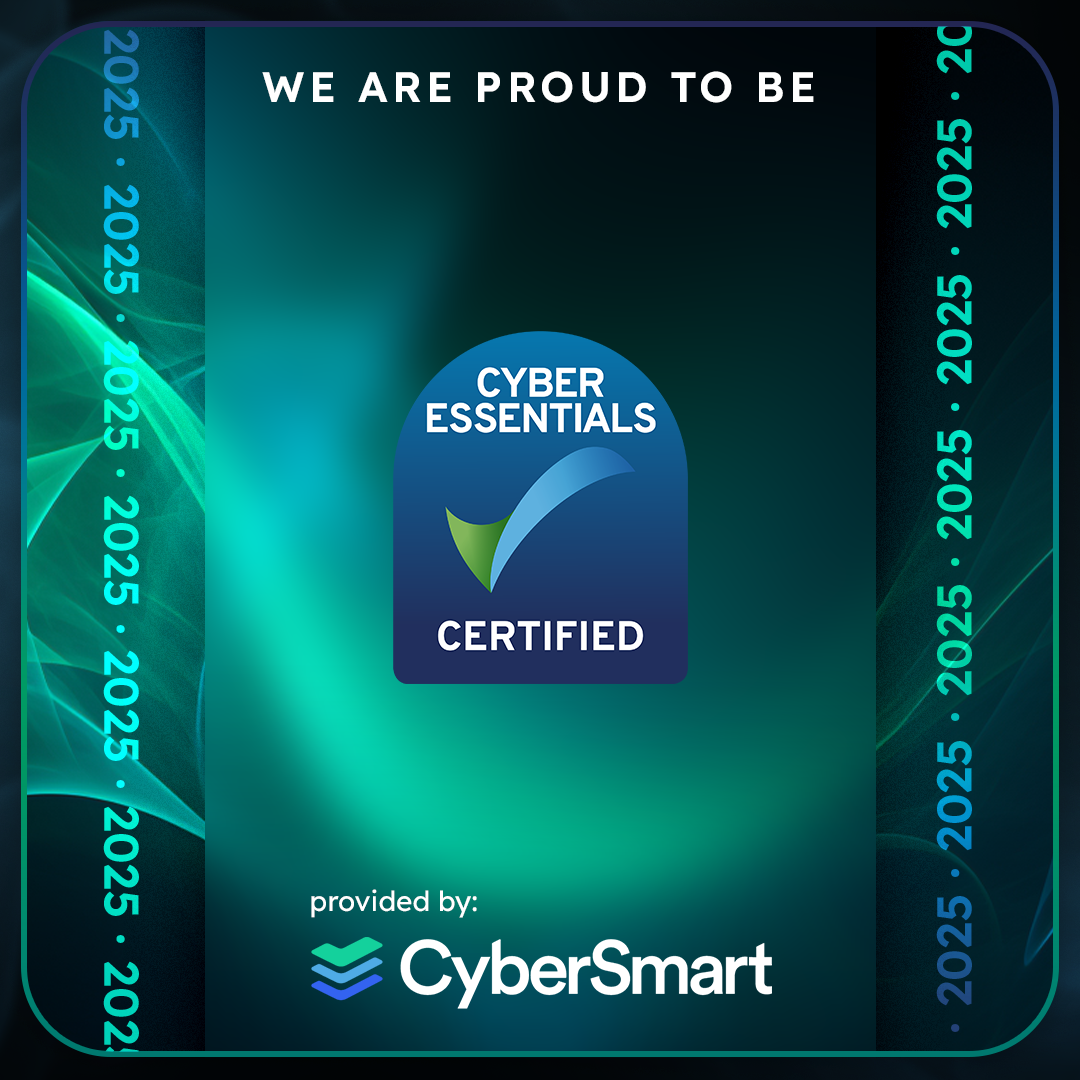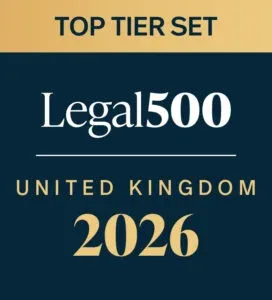Fraud in the Context of the RTA Small Claims Protocol
Added in: Civil and Insurance Fraud
The Civil Liability Act 2018 introduced a package of reforms, namely The Whiplash Injury Regulations 2021, CPR PD27B and the Pre-Action Protocol for Personal Injury Claims below the Small Claims Limit in Road Traffic Accidents (‘SCT Protocol’), with one of the main drivers being to disincentivise exaggerated and fraudulent low value claims arising out of RTAs. This article seeks to provide an overview of how some of the familiar fraud indicators might be dealt with in light of the reforms, as well as considering whether the idiosyncrasies of the SCT Protocol will simply permit new avenues of fraud to evolve.
The SCT Protocol applies to RTAs which occurred on or after 31 May 2021 where the claimant values the claim at no more than £10,000 including a claim for ‘damages for injury’ at no more than £5,000. At the outset, it ought to be noted that the damages for injury claim is to be assessed by reference to a new tariff implemented by The Whiplash Injury Regulations 2021. For context, the new tariff values a two-year injury at no more than £4,215 in the absence of any minor psychological injury or ‘exceptional circumstances’ – considerably lower than the provisions of the JC Guidelines (15th Edition).
In light of this and given it is invariably in the interests of claimants, and more particularly their representatives, to escape the limited costs recovery of CPR Part 27, an obvious area of concern is that of exaggerated claims. These may arise by alleging a multi-site injury that does not fall to be considered by the tariff or by simply valuing the injuries in excess of the £5,000 threshold by reason of prognosis. For this reason, it is likely that cases of conscious exaggeration will continue to pervade claims commenced in the SCT Protocol.
However, compensators may find exaggeration (even if only unconscious) to be particularly prevalent in circumstances where proceedings have to be commenced to determine liability if either liability has been denied in full or, if only in part, the claimant nonetheless chooses to argue that the defendant is liable in full. This route stalls compliance with the SCT Protocol, the re-commencement of which will only follow a liability judgment whereupon a claimant will only then need to obtain a medical report. By this stage, the two-year anniversary of the accrual of the cause of action may have long passed and even a small element of unconscious exaggeration in a claimant’s reporting to the medical expert may take the matter beyond the prognosis period provided by the tariff and therefore into a different track. For this reason, it is submitted that compensators ought to continue to examine in detail the contemporaneous records as against the alleged injuries and prognoses, and to potentially seek an indication of the claimant’s recovery at the initial liability hearing. If, on the back of this, a section 57 CJCA 2015 submission is not successful in respect of an alleged exaggerated claim, there may nonetheless be scope to limit the claimant’s costs to those recoverable under CPR Part 27 by CPR 26.10 or otherwise.
The SCT Protocol draws a distinction between ‘protocol vehicle costs’ and ‘non-protocol vehicle costs.’ The distinction is important because credit hire charges fall within the latter category. It is therefore possible for a credit hire claim to push the matter outside the scope of the SCT Protocol even if the claim for damages for injury is valued at £5,000 or less. Accordingly, in recognition of this being a potential route for greater costs recovery, compensators ought to continue to properly scrutinise hire claims, in particular those that are suspected of being inflated. Similar abuse of the exceptions to the application of the SCT Protocol may also arise in respect of alleged ‘vulnerable road user’ cases, which include motorcyclists, cyclists and pedestrians.
The various liability responses open to a compensator are set out at clause 6.6 of the SCT Protocol. A response it required within 30 days of the claim being accepted. Whereas a failure to respond under the RTA Protocol means that the matter simply drops out, a failure to respond under the SCT Protocol affixes the compensator with a full admission of liability and the matter proceeds accordingly.
Assuming however that the compensator does respond one option, particularly relevant for LVI cases, is to admit fault but to dispute that the accident caused any injury to the claimant. In these circumstances, the SCT Protocol goes some way to dealing with the typical LVI argument in that it requires the medical expert to comment on the causation dispute in their report. It is hoped, but not assumed, that in such a situation the medical expert would have sight of the claimant’s medical records. However, the absence of any such express provision, coupled with the SCT’s limited requirement for disclosure and the narrow timeframe to consider any disclosure before a final hearing, is likely to be a significant factor weighing on compensators’ decisions to dispute that the accident caused injury even following the disclosure of the medical report. It ought to be noted that by clause 8.9(2) of the SCT Protocol, this option remains open to a compensator after receiving the medical report even if they have previously admitted liability. In either situation, the matter is dropped from the SCT Protocol and it is then for the claimant to issue proceedings.
As has been noted, the consequences of a compensator not responding to liability are stark. If a compensator suspects that a claim may be fraudulent but is not in a position to make that positive assertion at the point the response is due, it would seem appropriate to initially deny liability (since alleging fraud is not one of the four options in any event) and to thereafter make the allegation in accordance with clause 4.5(2) of the SCT Protocol. That said, the initial response does require something more than a bare denial. Clause 6.6(2) of the SCT Protocol stipulates that the compensator must “set out the defendant’s version of events and provide any evidence in support.” However, noting that this provision is not overly prescriptive as to what is required, compensators might be advised to be cautious about making positive assertions of fraud at this early stage, particular if the evidence to substantiate such an allegation is incomplete and/or uncertain. The compensator’s response must bear a statement of truth from the defendant after all. Owing to the practical difficulties in gathering such evidence within the initial response period, it is submitted that the wording of clause 4.5(2) of the SCT Protocol envisages that the precise allegation will not be formulated until a later stage in any event.
It therefore seems that despite the policy drivers behind its implementation, there remains scope for fraud and fundamental dishonesty in cases that are commenced in, and those that ought to have been commenced in, the SCT Protocol. Whilst a significant proportion of low value RTA claims will be caught by, and ultimately conclude within, the SCT Protocol, compensators ought to remain alive to its obvious exceptions being abused to ensure that the reforms continue to deliver their purpose of reducing the overall cost of these claims being dealt with.










